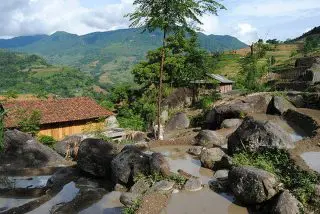
Xin Man, Ha Giang: What Makes This Region Special?
Xin Man district has a complex terrain, located in the upper Chay River mountain range, so it is mainly hills with steep slopes and divided by many streams.
Nestled in the breathtaking mountainous landscapes of Lung Cu commune, in the Dong Van district of Ha Giang province, the charming Lo Lo Chai village is a vital testament to Vietnam’s rich cultural tapestry. Approximately 136 kilometers from the bustling Ha Giang city and just 25 kilometers from Dong Van town, this village lies at an elevation of nearly 1,500 meters above sea level. Its ideal location near Vietnam’s northernmost point, the Lung Cu flagpole, makes it a significant destination for tourists seeking to connect with nature and immerse themselves in the indigenous culture of the Lo Lo ethnic group. The village’s enticing allure lies not only in its stunning natural scenery but also in the opportunity for unique cultural exchanges that promise unforgettable experiences.

The architecture in Lo Lo Chai is striking and distinctive, showcasing a combination of practicality and cultural heritage. The village features simple earthen houses constructed with sturdy stone foundations and thatched roofs. These homes are designed to withstand the demanding mountain climate, characterized by thick walls that provide excellent insulation against the region’s cold temperatures. The overall layout of each house displays thoughtful consideration for family dynamics, with designated areas for different generations and communal spaces for ceremonies and gatherings.
In comparing the architectural styles of Lo Lo Chai village to those of neighboring areas, one can appreciate the unique influences that have shaped this village. For instance, the traditional Vietnamese aspects are evident, yet they are expertly intertwined with stylistic components reminiscent of nearby cultures due to the geographical proximity to the border. This synergy creates an architectural style that is truly iconic and deeply rooted in the region’s history.
The architecture of Lo Lo Chai not only serves functional purposes but also stands as a reflection of the inhabitants’ lifestyle and traditions.
The cultural vibrancy of the Lo Lo people is one of the village’s most captivating features. The community boasts colorful costumes, lively traditional music, and various festivals that celebrate their rich heritage. Engaging in the local customs, visitors will find themselves immersed in a way of life that has largely remained unchanged by the modern world. This preservation of cultural heritage offers a fantastic glimpse into the past, as traditions and practices are passed down through generations.

These cultural events enhance the visitor experience, allowing participants to not only observe but actively engage in the vibrant customs of the Lo Lo people.
No visit to Lo Lo Chai village would be complete without indulging in its local cuisine. The food here is a true reflection of the region’s agricultural practices, utilizing fresh ingredients that are grown locally. Unique dishes, such as thắng cố (horse meat soup) and rượu ngô (corn wine), showcase the culinary traditions that have evolved over centuries. These meals are not just food; they are stories on a plate, embodying the culture and lifestyle of the Lo Lo community.
| Dish | Ingredients | Description |
|---|---|---|
| Thắng cố | Horse meat, herbs, spices | A flavorful soup traditionally served during festivals. |
| Rượu ngô | Fermented corn | A traditional alcoholic beverage enjoyed with meals. |
| Bánh ngô | Corn dough | A popular snack made from local corn, often served during gatherings. |
Culinary experiences in Lo Lo Chai offer not just sustenance but a deeper understanding of the local culture. Sharing meals with families enriches the experience, allowing visitors to appreciate the significance of food in the community’s social interactions.
Traveling to Lo Lo Chai village is an adventure in itself. The journey typically involves navigating winding roads by motorbike or bus, offering stunning vistas of the mountainous terrain. As tourists embark on this expedition, they are greeted by the dramatic landscapes, including the renowned Ma Pi Leng Pass, one of Vietnam’s most picturesque routes.
The exploratory nature of the journey amplifies the experience, building anticipation before reaching the enchanting Lo Lo Chai village. The fusion of adventure and cultural discovery makes the trip worthwhile.
For those seeking a truly authentic experience, homestays in Lo Lo Chai village are highly recommended. These accommodations are more than just places to stay; they offer a rare glimpse into the life of the Lo Lo people. Visitors can join families for their daily meals, learn about traditional farming methods, or engage in local handicrafts, creating a bond that transcends typical tourist experiences.
Engaging directly with the villagers fosters a sense of connection, making the traveler feel more like part of the community rather than just a transient visitor. This personal touch creates memories that last a lifetime.
In summary, Lo Lo Chai village is a hidden gem in Vietnam’s northern region, rich in culture and natural beauty. From its unique architecture and vibrant traditions to its mouthwatering cuisine and welcoming homestays, this village offers an enchanting experience. The harmony between nature and the cultural heritage of the Lo Lo ethnic group makes it not just a destination but a journey into the heart of Vietnam’s traditions. Whether you’re an adventure seeker or a culture enthusiast, Lo Lo Chai promises an experience that will leave you with lasting memories and a deeper appreciation for Vietnam’s diverse heritage.

Xin Man district has a complex terrain, located in the upper Chay River mountain range, so it is mainly hills with steep slopes and divided by many streams.
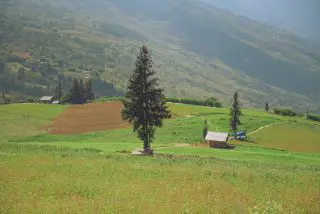
Venture into the untamed beauty of northern Vietnam with Vietnam Treasure and discover the magic of Suoi Thau Steppe. This captivating landscape offers a unique blend of cultural immersion and breathtaking natural scenery far from the bustling tourist trails.
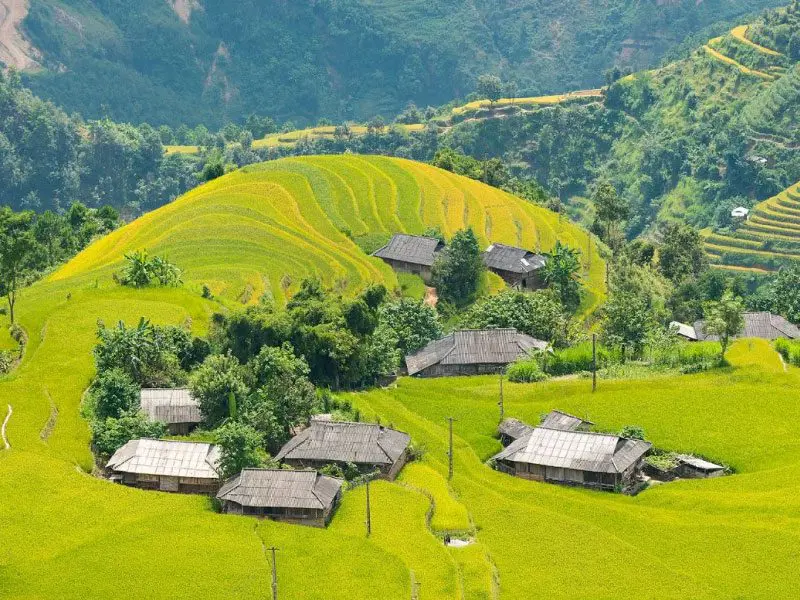
Nestled high in the mountainous region of Ha Giang, Phung Village (Ban Phung) is a hidden gem offering a glimpse into the authentic beauty and culture of Northern Vietnam.
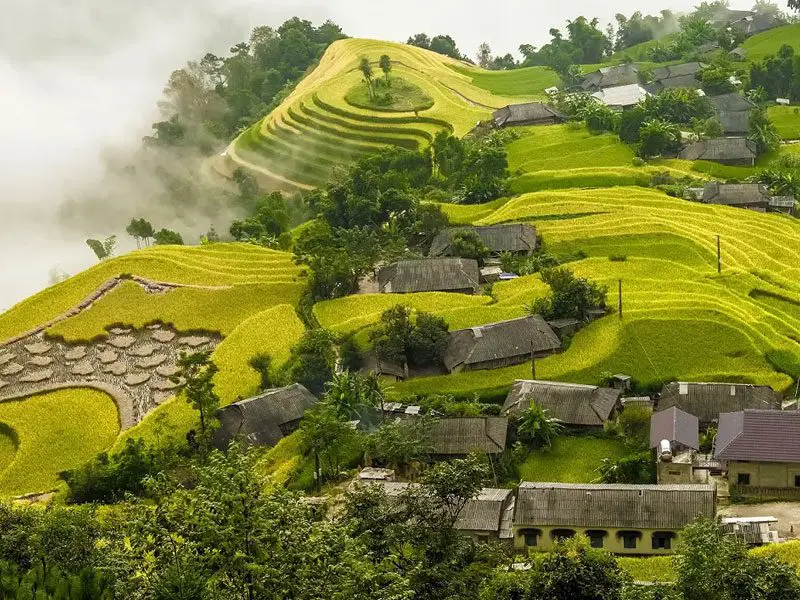
Stop at Thong Nguyen Village, and you will discover amazing beauty. This is a rugged and difficult mountainous area. Many people may think that nothing is interesting here. Join Vietnam Treasure to discover the beauty of Thong Nguyen Village.
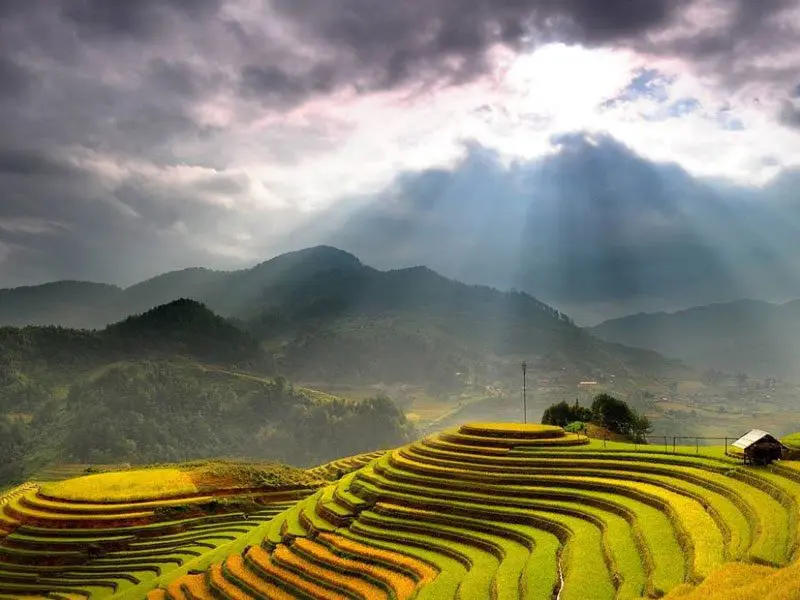
Its name, Hoàng Su Phì or Hoàng Thụ Bì, means “the yellow bark” in the Hmong language. It indicates the woods of weeping cypress, which is a local specialty.
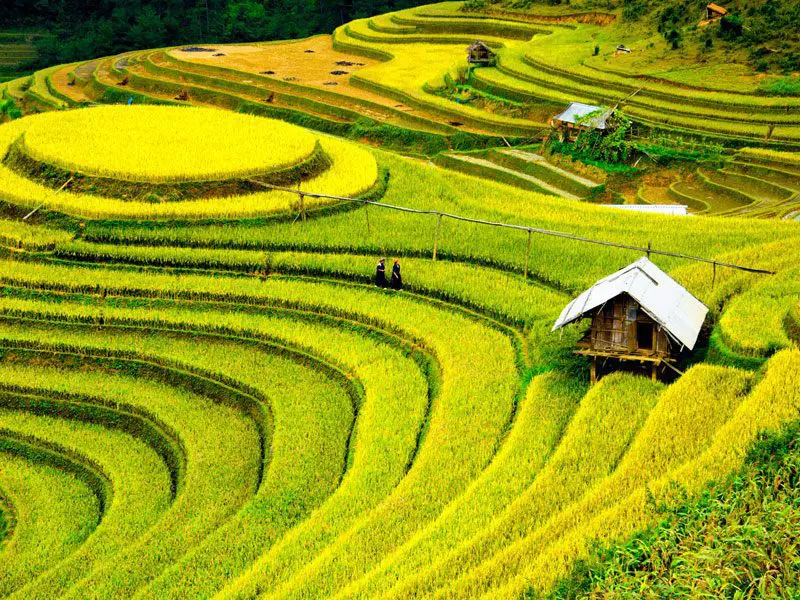
Hoang Su Phi terraced fields possess an undeniable charm, creating a mesmerizing scene—journey to Ha Giang with Vietnam Treasure to witness the brilliant golden rice harvest season. Although present in many countries, especially in Southeast Asia, terraced fields in Vietnam are deeply associated with the traditional agricultural activities of many ethnic groups in the northern mountainous region, such as the H’Mong, Dao, Nung, La Chi and Ha Nhi.
Tu San Canyon (Mèo Vạc district), the deepest canyon in Vietnam. It has a depth of about 800 m, a length of 1.7 km, and cliffs that slope 70° to 90°.
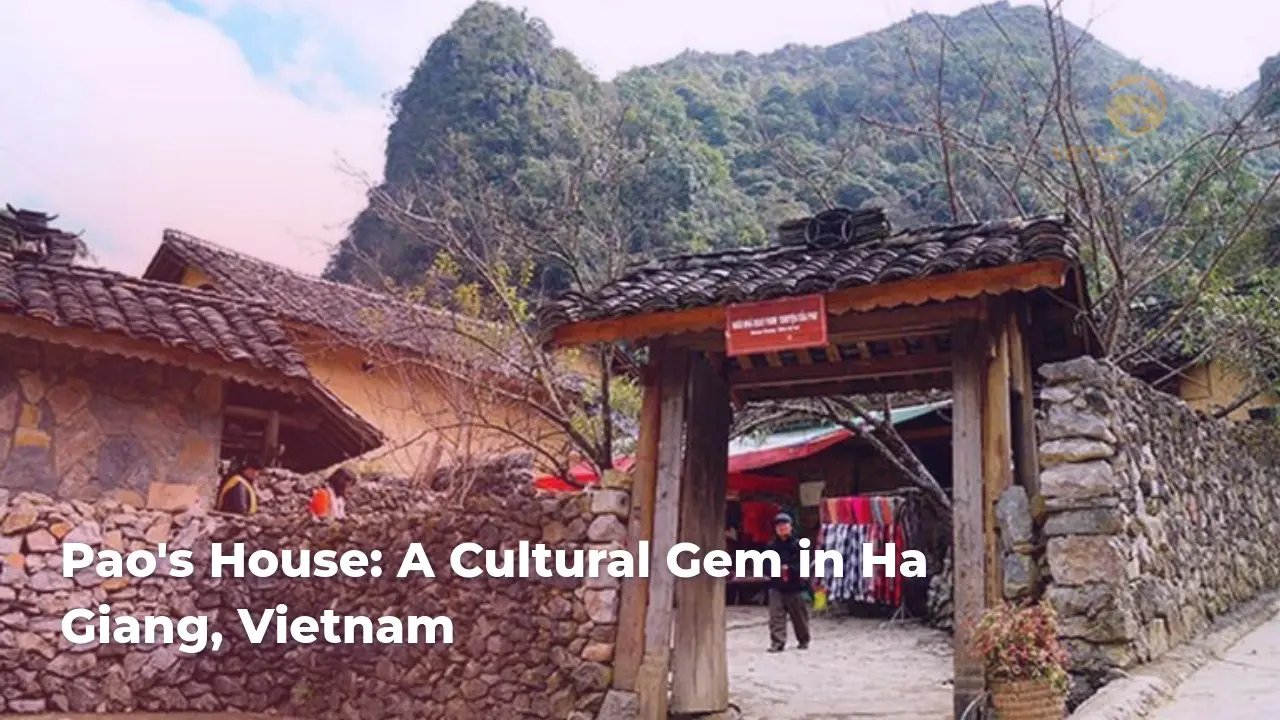
Discover the charm of Pao’s House, Ha Giang. Dive into local culture and scenic beauty. Plan your adventure now!
Copyrights @2025 Vietgo Travels. Terms and Conditions Privacy Policy
Hotline
+84 855 452 888 (Viet Nam) / +1 (206) 665 3090 (US)
Email: [email protected]
Website: www.vietgotravels.com
Head Office:
No. 23 Lo Su Street, Hoan Kiem District, Ha Noi, Viet Nam.
Viet Nam’s branch:
No. 35 Hang Quat Street, Hoan Kiem District,
Ha Noi, Viet Nam.
US:
831 41st Pl, Everett, WA 98201, USA